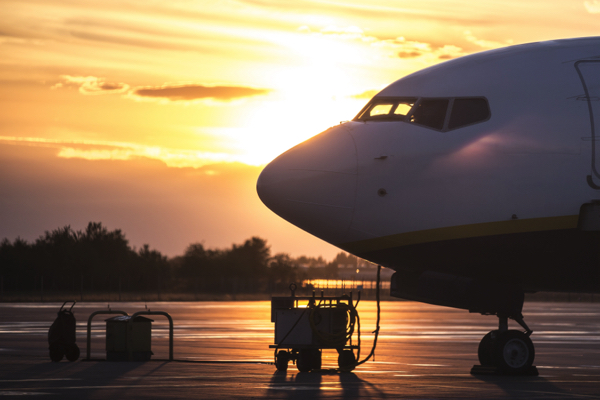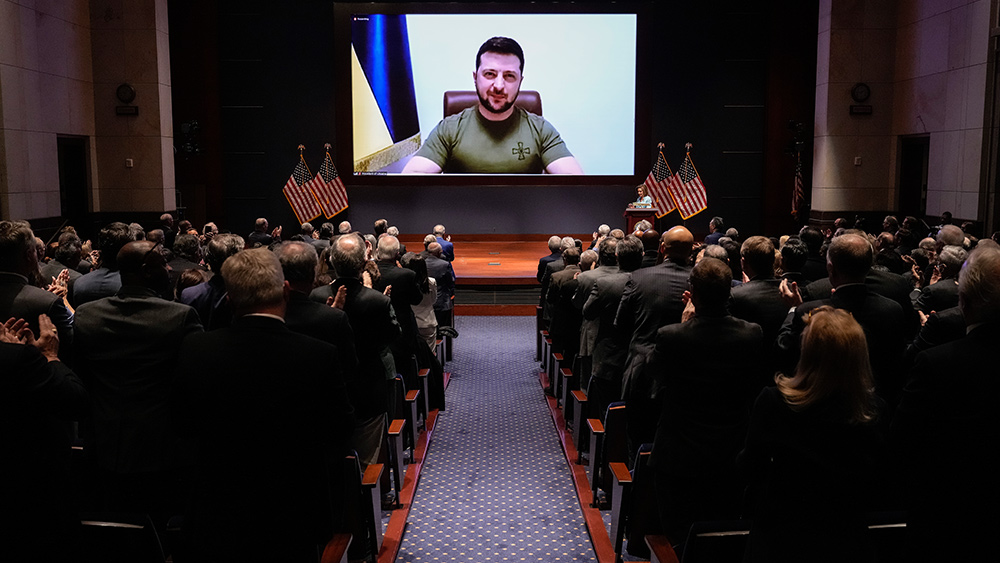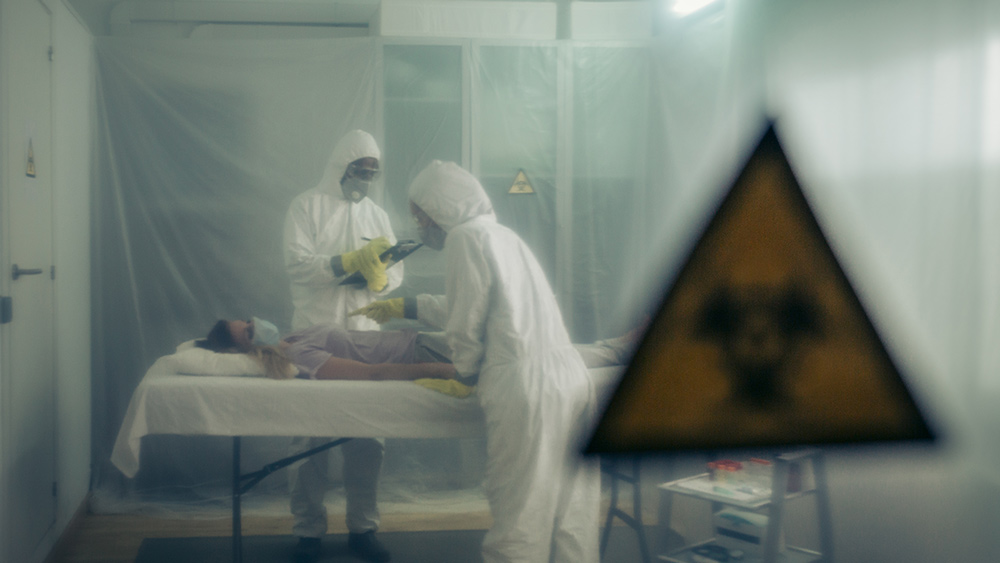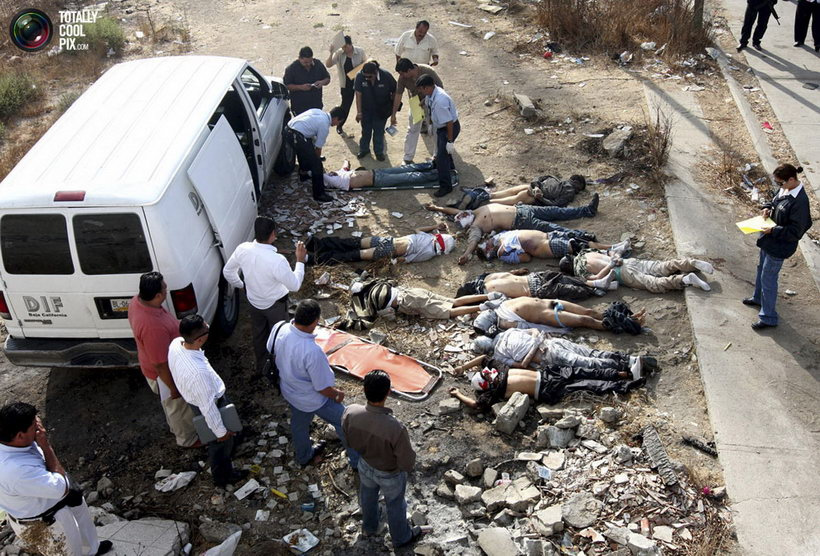Black Hawk in Potomac crash had vital tracking system turned off, senator reveals
02/10/2025 / By Cassie B.

- A critical safety system (ADS-B) on the Army Black Hawk helicopter involved in a deadly mid-air collision over the Potomac River was turned off during the crash.
- The ADS-B system provides precise real-time tracking data, which could have potentially prevented the tragedy that killed 67 people.
- The Black Hawk was flying 100 feet above the permitted altitude near Reagan National Airport, violating airspace restrictions.
- Lawmakers and aviation experts are questioning why the ADS-B system was disabled during a routine training mission with no national security justification.
- The FAA has implemented new safety measures, restricting helicopter traffic over the Potomac River near Reagan Airport.
A critical safety system on the Army Black Hawk helicopter involved in last month’s deadly mid-air collision over the Potomac River was turned off at the time of the crash, Sen. Ted Cruz (R-Texas) revealed Thursday.
The revelation has raised questions about whether the advanced tracking technology could have prevented the tragedy that killed all 67 people aboard the helicopter and the American Airlines jet it brought down. The crash occurred on January 29 near Reagan National Airport in Washington, D.C., during a routine training mission for the Black Hawk crew.
The system in question, known as Automatic Dependent Surveillance-Broadcast (ADS-B), is a cutting-edge tracking technology that provides real-time data on an aircraft’s location, altitude, speed, and positioning to air traffic controllers and other aircraft. The Federal Aviation Administration (FAA) describes it as “more precise than radar,” offering a critical layer of safety in crowded airspace. Yet, Cruz said the Black Hawk had its ADS-B system turned off, despite no apparent national security justification for doing so.
“This was a training mission, so there was no compelling national security reason for the ADS-B to be turned off,” Cruz told reporters after a closed-door briefing with federal investigators.
Why was the system turned off?
Military aircraft are permitted to fly with ADS-B turned off for operational or security reasons, but Cruz and other lawmakers have questioned why it was disabled during a routine training exercise. The Black Hawk was equipped with a transponder, which allowed it to appear on radar, but ADS-B provides far more precise tracking data.
Sen. Tammy Duckworth (D-Ill.), a former Army helicopter pilot, noted that while the ADS-B system was installed on the aircraft, it remains unclear whether it was operational. “It’s not clear whether the technology was turned on, but the Army confirmed it was installed in the aircraft,” Duckworth said.
National Transportation Safety Board (NTSB) Chair Jennifer Homendy said investigators are still determining whether the system was functional at the time of the crash. “We believe there are avionics on that helicopter that we need to evaluate in order to determine what they did have and what was on at the time,” Homendy told reporters.
Helicopter was flying above permitted altitude
Adding to the mystery, the NTSB confirmed that the Black Hawk was flying at approximately 300 feet at the time of the collision—100 feet above the 200-foot ceiling imposed for helicopters operating near Reagan National Airport. The altitude restriction is designed to prevent conflicts with commercial aircraft landing and taking off in the densely regulated airspace around the nation’s capital.
The helicopter crew, which was wearing night vision goggles, was conducting an annual proficiency training exercise in “government continuity,” according to Secretary of Defense Pete Hegseth. Despite their experience, the combination of the disabled ADS-B system and the elevated altitude has drawn scrutiny from lawmakers and aviation experts.
FAA implements new safety measures
In response to the crash, the FAA has restricted helicopter traffic over a stretch of the Potomac River from Memorial Bridge to the Woodrow Wilson Bridge. U.S. Transportation Secretary Sean Duffy said the move would “immediately help secure the airspace near Reagan Airport, ensuring the safety of airplane and helicopter traffic.”
The NTSB is expected to release a preliminary report within 30 days, though a full investigation could take more than a year. Meanwhile, lawmakers are calling for a broader review of airspace safety, particularly in areas where military and commercial aircraft operate in close proximity.
The tragic collision over the Potomac River has exposed potential gaps in aviation safety protocols, particularly regarding the use of advanced tracking systems like ADS-B. As investigators piece together the events leading up to the crash, questions remain about why a critical safety tool was turned off and whether its use could have averted the disaster.
Sources for this article include:
Submit a correction >>
Tagged Under:
aviation, chaos, dangerous, disaster, FAA, helicopter, Plane Crash, realinvestigations, safety systems, tragedy
This article may contain statements that reflect the opinion of the author
RECENT NEWS & ARTICLES
COPYRIGHT © 2019 Dangerous.News
All content posted on this site is protected under Free Speech. Dangerous.News is not responsible for content written by contributing authors. The information on this site is provided for educational and entertainment purposes only. It is not intended as a substitute for professional advice of any kind. Dangerous.News assumes no responsibility for the use or misuse of this material. All trademarks, registered trademarks and service marks mentioned on this site are the property of their respective owners.




















